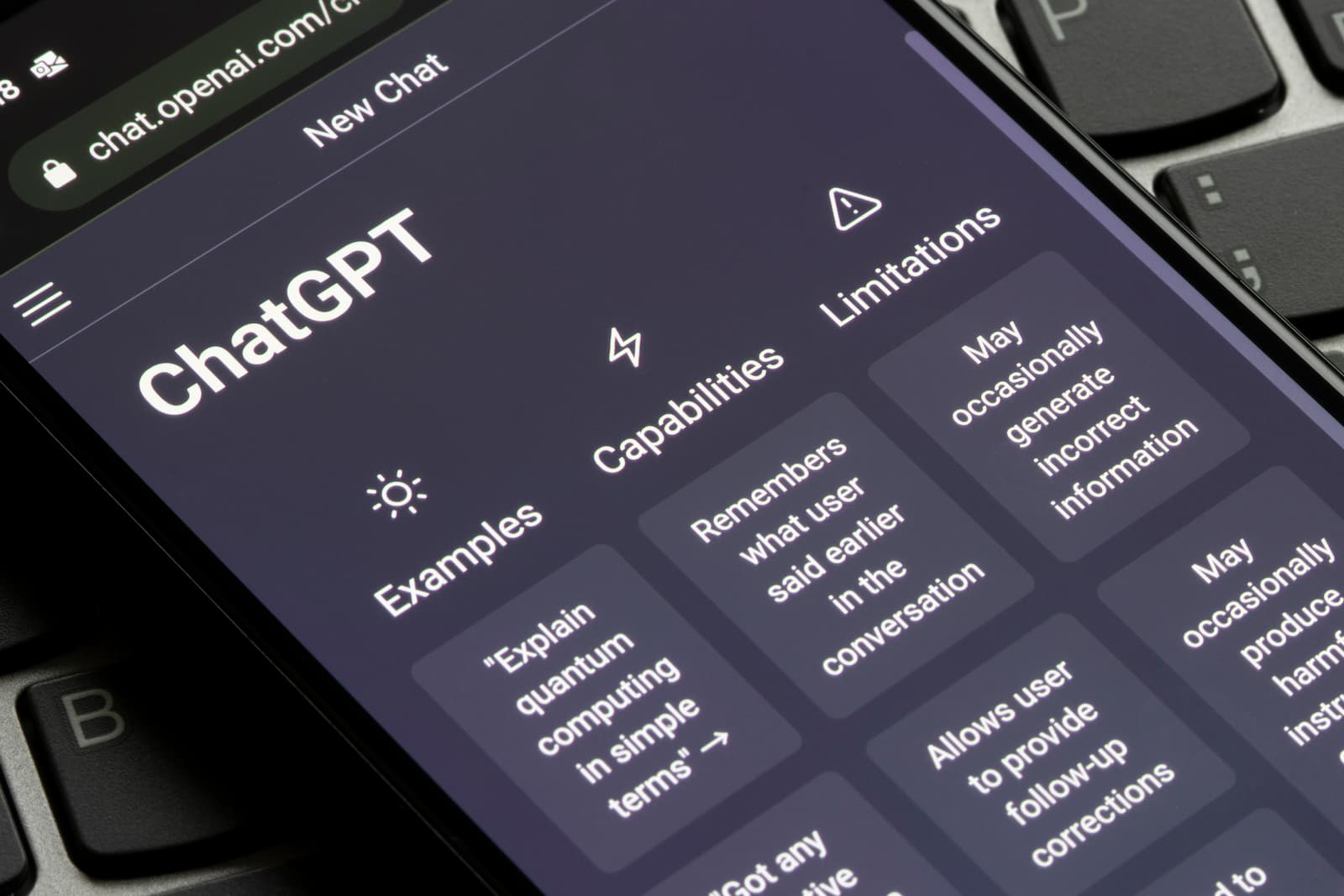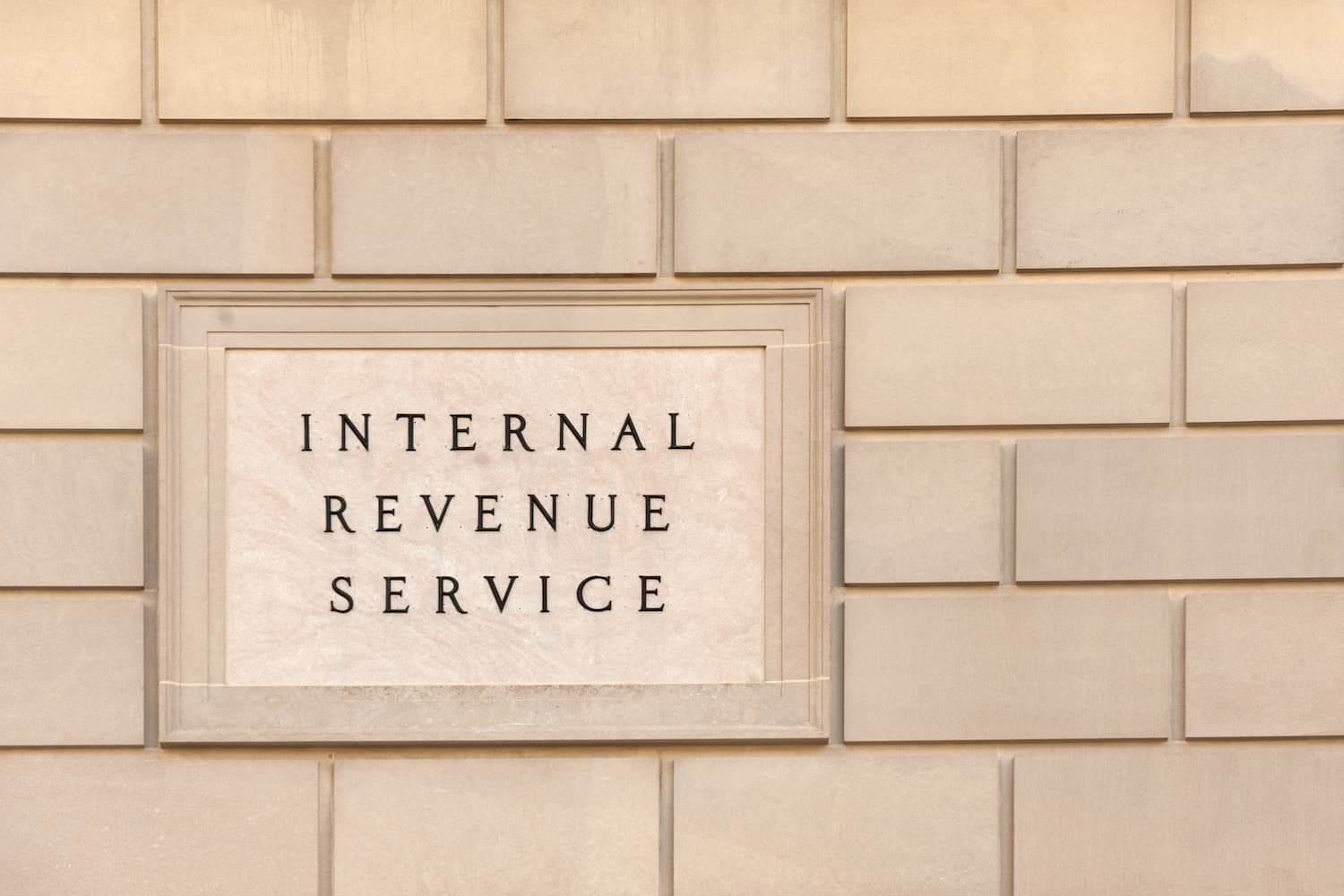Written by
Will Miranne
Will is an aPHR-certified writer on the marketing team at BerniePortal. He writes about healthcare, human resources, and benefits.
ChatGPT—Everything You Need to Know

Recent years have seen a sudden surge in AI tools—many of which offer the potential to significantly reduce the time needed for completing daily tasks such as writing blog articles, creating social media posts, altering images, and more.
One of the most astounding AI projects to appear is ChatGPT. The AI-powered chatbot provides users with a question-and-response tool that mimics human interaction.
Continue reading to learn about ChatGPT and the implications it may have on your workplace.
What Is Workplace AI?
According to SHRM, “Artificial intelligence refers to computers or computer-controlled machines that can simulate human intelligence in various ways.” This is a pretty broad definition, but that’s because AI basically means any machine or computer that can act intelligently or mimic human interaction.
AI is not new, even in HR. In fact, HR pros have been using AI for years, especially in recruitment. Any organization that has a chatbot on its career page, or uses an ATS to rank resumes, is already using AI in its recruitment process.
But the popularity of workplace artificial intelligence is skyrocketing. Since ChatGPT launched, many organizations have been wondering how it will change the world of work.
What Is ChatGPT?
ChatGPT is an AI-powered chatbot that relies on Generative Pretrained Transformer (GPT), a deep-learning algorithm designed to create and mimic human-like speech and conversation.
This translates to an individual simply typing a question into their computer and receiving a natural, detailed, and well-thought-out response in a matter of seconds. It is like having access to a subject matter at all times.
ChatGPT was developed and released by San Francisco-based startup, OpenAI in 2015. Elon Musk and Sam Altman initially founded the company, and In 2019 Microsoft made its first investment into the company. They have done so two more times, including a recent estimated investment of $10 billion. The investment will reportedly place Microsoft with a 75% ownership share of the company.
How Does ChatGPT Work?
ChatGPT can provide thorough responses on nearly any topic you can think of, from how to open your own coffee shop to creating a written novel in any style you desire.
What makes ChatGPT so exciting and compelling is the AI’s ability to comprehend human language. This is due to the large language model, or LLM, powering the tool. Not only is it effective, but it’s also one of the most powerful AI tools available.
ChatGPT will use previously mentioned information to inform the conversation as it progresses, making the AI even more reliable in its responses.
The AI chatbot is pushing the boundaries of what was previously thought possible and paving the way for a massive boost in accessible AI. Currently, the tool is free to use, with an optional paid version called ChatGPT plus. Offering a free version, for now, has dramatically increased accessibility.
AI is continuing to see a massive bump in usage, and as awareness continues to expand, the demand for such tools will likely rise. The opportunities to use tools like ChatGPT are endless and can apply across virtually every field of work and study.
ChatGPT is not the only AI-powered “language machine” on the market, and this is important because competition forces growth and adaptation. One major competitor is Google Bard.
Josh Bersin comments on one of the distinctions between these two AI:
“The Google competitor to GPT-3…was built with “ethical rules” from the start. According to my sources it includes ideas like “do not give financial advice” and “do not discuss race or discriminate” and “do not give medical advice.” I don’t know yet if GPT-3 has this level of “ethics,” but you can bet that OpenAI (the company who’s building this) and Microsoft (one of their biggest partners) is working on it.“
As Bersin points out, there are certainly improvements that will need to be made and research that will be necessary to determine what works best at scale. But this form of competition is what will continue to drive these tools forward and toward a complete AI down the road. Bersin then goes on to suggest improvements in language will be imminent and necessary to create a fully refined system:
“So what I’m implying is that while “conversation and language” is important, some very erudite people (I won't mention names) are actually kind of jerks. And that means that chatbots like Chat-GPT need refined, deep content to really build industrial strength intelligence. It’s ok if the chatbot works “pretty well” if you’re using it to get past writer’s block. But if you really want it to work reliably, you want it to source valid, deep, and expansive domain data.”
→ Stay prepared for HR challenges this year. Download Now: State of HR 2023 [Free Survey Report]
How Can ChatGPT Impact the Workplace?
ChatGPT is continuing to grow in popularity, with more and more people using it daily to complete tasks, problem-solve, and seek out new ideas. It would seem that a chatbot with this much power behind it would be an invaluable tool in the workplace, and while this can be true, there are certainly some obstacles that need to be addressed.
For one, this chatbot is still in its infancy, and a professional must proofread any copy it writes. If a writer wants to create copy for a social media post, they can ask the bot for advice or even write a post. But once the post is written, they should primarily use it for inspiration as the post may lack originality, include plagiarism, and indicate to Google that an AI-generated the copy. When Google detects the use of AI in copy, it can penalize the website from an SEO perspective. For these reasons, it is a good idea to use ChatGPT as a starting point and not rely too heavily on it for a final product.
There have also been reports of the AI chatbot making sexist or even racist assumptions when answering questions. This was seen firsthand by Textio’s cofounder Kieran Snyder:
“It’s borderline amazing how little it takes for ChatGPT to start baking gendered assumptions into this otherwise highly generic feedback. For certain professions and traits, ChatGPT assumes employee gender when it writes feedback.”
Keiren uses examples of a “bubbly receptionist” and a “strong construction worker,” which prompted ChatGPT to use male and female-specific pronouns to describe the positions.
With any emerging technology, no matter how advanced, there is always room to improve and adapt. ChatGPT even says this on its home page:
“We are excited to introduce ChatGPT to get users’ feedback and learn about its strengths and weaknesses.”
The intention is to learn more about what this technology can do and how it will perform at scale.
With this in mind, organizations should take this technology with a grain of salt. Understand that it can be greatly helpful in generating new ideas and even finding ways of accomplishing tasks. But this technology is not full-proof and should not be wholly relied upon. The keyword when discussing ChatGPT is “tool.” This powerful AI chatbot is still only a single tool in what should be a diverse toolbox. Use it alongside your other resources, but don't make the mistake of utilizing it irresponsibly, or you may run into serious concerns within your organization.
What Are Some Advantages of Using AI in HR?
There are a lot of potential ways AI can help support HR, but most of them fall into two major categories: efficiency and analysis.
As AI software begins to automate more of the hiring process, HR is likely to become increasingly efficient at organizations that use it. That’s because your AI isn’t trying to schedule candidate screening calls while also juggling meetings with leadership, running payroll, and dozens of other tasks. In fact, an AI bot could feasibly conduct more than one screening call at the same time! The right AI can save your organization time and money as recruitment costs go down, and roles are filled more quickly.
But automation frees up more than money—it also frees up YOU! As an HR party of one, you’re probably responsible for most of the recruitment process at your organization. If an AI starts handling the process from the beginning through, say, passing the first screening call, suddenly, you have a lot less on your plate. If you combine that with an all-in-one HRIS like BerniePortal (which handles everything from payroll to compliance to PTO tracking), you might finally have the bandwidth for the strategic initiatives you want to implement on your team. AI can sift through resumes and answer candidate FAQs while you work on building a healthy company culture, coaching managers, and creating a great place to work.
And AI can help you there too. With advanced data analysis, many organizations already use artificial intelligence to glean insights about their teams. They are asking bots to analyze the results of employee pulse surveys, for example, or helping to answer questions like “Which teams have the highest turnover, and why that might be?.”
Additional Resources
You can also stay informed, educated, and up-to-date with new technology and other important topics by using BerniePortal’s comprehensive resources:
-
BernieU—free online HR courses, approved for SHRM and HRCI recertification credit
-
BerniePortal Blog—a one-stop-shop for HR industry news
-
HR Glossary—featuring the most common HR terms, acronyms, and compliance
-
HR Guides—essential pillars covering an extensive list of comprehensive HR topics
-
HR Party of One—our popular YouTube series and podcast, covering emerging HR trends and enduring HR topics
Written by
Will Miranne
Will is an aPHR-certified writer on the marketing team at BerniePortal. He writes about healthcare, human resources, and benefits.
Related Posts
To employees, payroll may seem pretty straightforward. Employers, on the other hand, know...
Recent news has shown business leaders, and particularly human resources professionals,...
The IRS announced in May of 2024 the updated HSA contribution limits for 2025, which take...
If you haven’t heard about Ozempic or Zepbound yet, it’s bound to hit your radar soon!








Submit a Comment